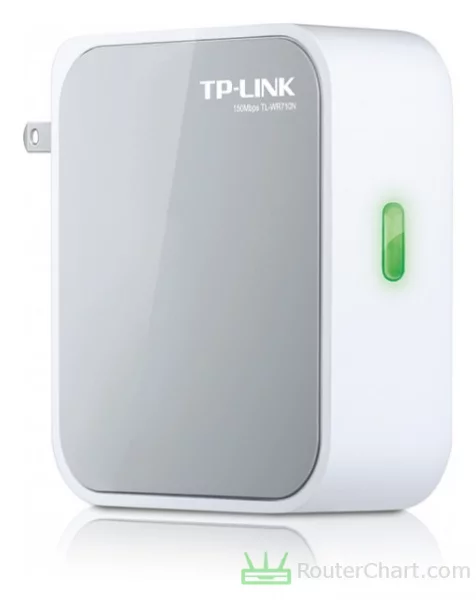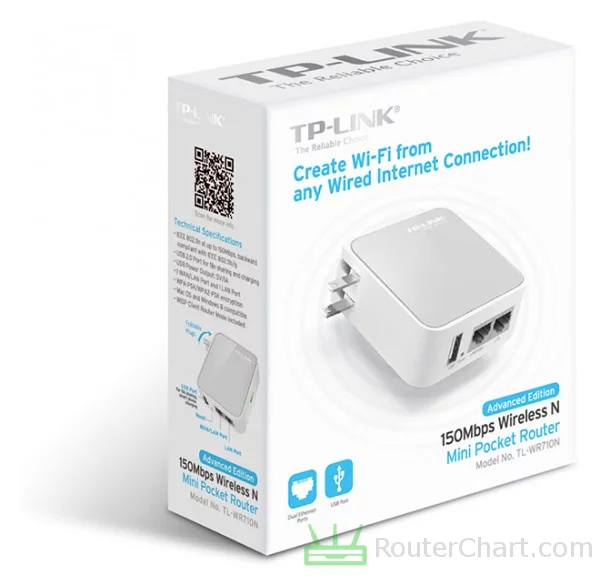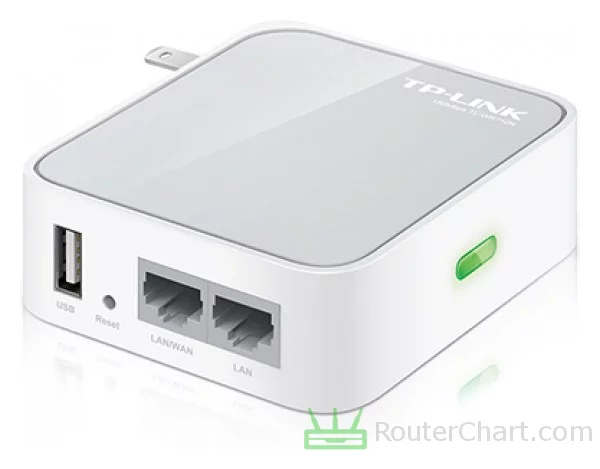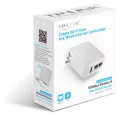TP-Link TL-WR710N router review
TP-Link introduced the TL-WR710N router in 2014. It is powered by Atheros AR9331 @ 400 MHz chipset, 16 MB of RAM, and 2 MB of flash memory.
Curious to know if the TL-WR710N is top-notch? Keep reading to find out!
Table of Contents
- TP-Link TL-WR710N specifications
- Body, dimensions, weight
- System, chipset, RAM, flash, power supply
- Network, protocols, WAN and LAN ports
- Wireless, antennas, speed, security
- Connectivity
- Administration, user interface, login information
- Links
- Verdict, Pros and Cons
- Photos
- Comparisons
Our personal experiences and opinions form the basis of this article. We aimed to share insights on a topic, and we hoped others would find it useful and inspirational. If you noticed any mistakes or missing details about the TP-Link TL-WR710N, please let us know.

The TL-WR710N is a basic Wi-Fi router. It provides reliable wireless connectivity for small homes. TP-Link is a well-known manufacturer in the networking industry.
TP-Link TL-WR710N specifications
| Brand | TP-Link |
|---|---|
| Name | TL-WR710N |
| Type | TL-WR710N |
| Rating | |
| Launch | 2014 |
Body
| Dimensions | 85 x 75 x 28 mm |
|---|
If you live in a small apartment, the size of the router is crucial to deciding whether it will fit.
System
| Chipset | Atheros AR9331 @ 400 MHz |
|---|---|
| RAM | 16 MB |
| Flash | 2 MB |
| OS | TP-Link |
| Power supply | internal |
The Atheros AR9331 @ 400 MHz CPU affects the router's performance, working with RAM and firmware. The 16 MB of RAM helps the router manage many tasks concurrently

Network
| Protocols | IPv4 |
|---|---|
| LAN ports | 1 x 10/100 Mbps |
| WAN ports | 1 x 10/100 Mbps |
| Mobile network | no |
| VPN support | no |
Wired connections may bottleneck due to the limits of Fast Ethernet ports.
Wireless
| Antennas | 1 x 3 dBi fixed |
|---|---|
| 2.4 GHz | yes |
| 5 GHz | no |
| 60 GHz | no |
| Standards | IEEE 802.11b/g/n |
| Class | N150 |
| Speed | 150 Mbps |
| Transmit power | 20 dBm |
| Security | WEP WPA WPA2 |
| Guest network | no |
The 2.4GHz band refers to the part of the radio spectrum between 2.400 and 2.4835 gigahertz. Older routers have a more limited range than newer Wi-Fi standards. So, they're less suitable for larger homes or offices. The introduction of WPA2 (Wi-Fi Protected Access 2) improved upon WEP. It provides stronger security.

Connectivity
| USB ports | 1 x USB 2.0 |
|---|---|
| Print server | yes |
| File server | yes |
The USB 2 port has a maximum theoretical data transfer rate of 480 megabits per second (Mbps). A USB print server lets you connect a printer to your network. Then, computers can print to it without a direct connection. The TL-WR710N router lets you schedule backups. You can back up to the connected USB storage device.
Administration
| Default IP | 192.168.0.254 |
|---|---|
| Default username | admin |
| Default password | admin |
Changing the password often is a good security practice. It protects your network and devices from unauthorized access. Changing the default password improves your router's security. It reduces the risk of unauthorized individuals controlling your network.
Links
| Official site | https://www.tp-link.com/ |
|---|
Pros and Cons
Every router, including this TP-Link one, has its good sides and not-so-good sides. Let's take a closer look at both to get a full understanding of what this router can do. Just remember, this is just what I think, and you might see things differently.
Pros
- USB 2 compatible
- printserver functionality
- fileserver operation
Cons
- insufficient memory
- insufficient flash
- lack of Gigabit LAN
- Non-gigabit WAN port
- missing Wi-Fi 6 support
- lacks Wi-Fi 5 compatibility
- reduced Wi-Fi bandwidth
- incompatible with WPA3
- missing WPS support
TP-Link TL-WR710N photos




TP-Link TL-WR710N comparisons
We've noticed that many of our visitors like to compare the TP-Link TL-WR710N router with these popular models.
If there’s information about the TP-Link TL-WR710N that you would like to see on this site, then write to us.
Updated: May 25, 2024





